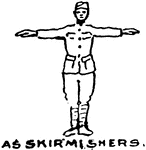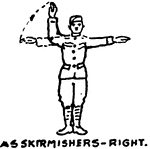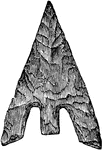Clipart tagged: ‘skirmish’
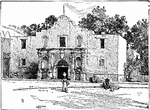
The Alamo
The Battle of the Alamo was fought in February and March 1836 in San Antonio, Texas. The conflict, a…

After Appomattox
The Appomattox Campaign (March 29, 1865 – April 9, 1865) was a series of battles fought in Virginia…

Battlefield
A battlefield refers to the location of a battle. Generally, a battle is a conceptual component in the…
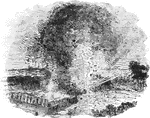
Blowing Up Fort Hill Bastion
As June wore on, Grant pressed the siege with vigor. Johnston tried to help Pemberton, but could not.…
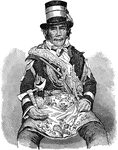
Oshawahnah
Tecumseh's deputy commander who led the Indians against American forces at the Battle of the Thames

Rall's Headquarters
Johann Gottlieb Rall (ca. 1726 - December 26, 1776 ) was a German colonel in command of Hessian troops…

Appearance of the Thames Battle Ground in 1860
The Battle of the Thames, also known as the Battle of Moraviantown, was a decisive American victory…
Ticonderoga and the Lake, from Mount Defiance
The crossing between Lakes George and Champlain had been used by natives for thousands of years. The…

Tippecanoe Battle Ground in 1860
The Battle of Tippecanoe was fought in 1811 between United States forces led by Governor William Henry…

Cave Life in Vicksburg
During the siege, Union gunboats lobbed over 22,000 shells into the town and army artillery fire was…

Porter's Fleet Shelling the Batteries Vicksburg
Union forces bombarded the city all night, from 220 artillery pieces and naval gunfire from Rear Adm.…

Wyoming Valley Massacre
The Battle of Wyoming was an encounter during the American Revolutionary War between American Patriots…
British Works at Yorktown
The Siege of Yorktown or Battle of Yorktown in 1781 was a decisive victory by a combined assault of…
